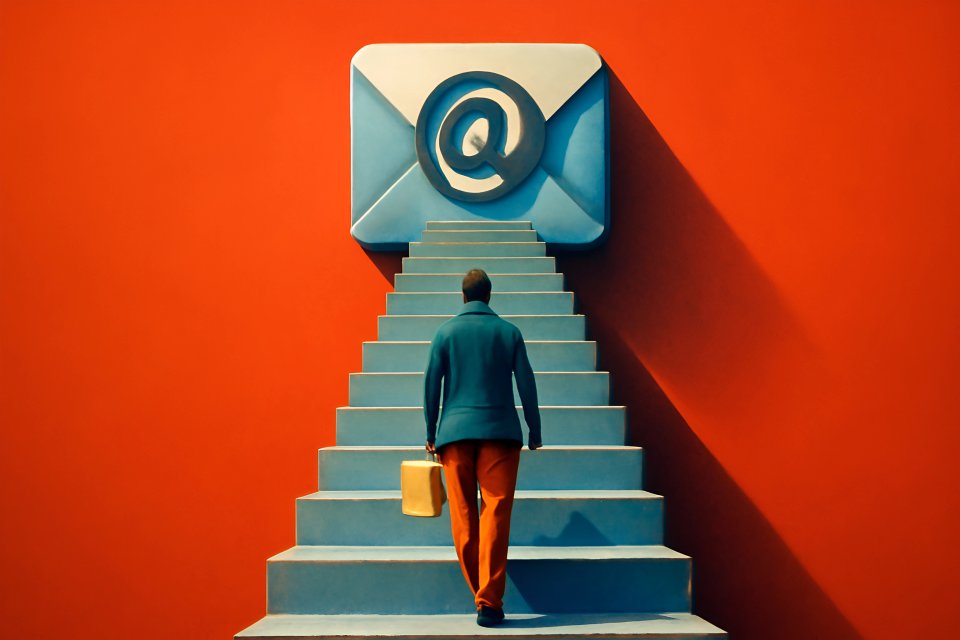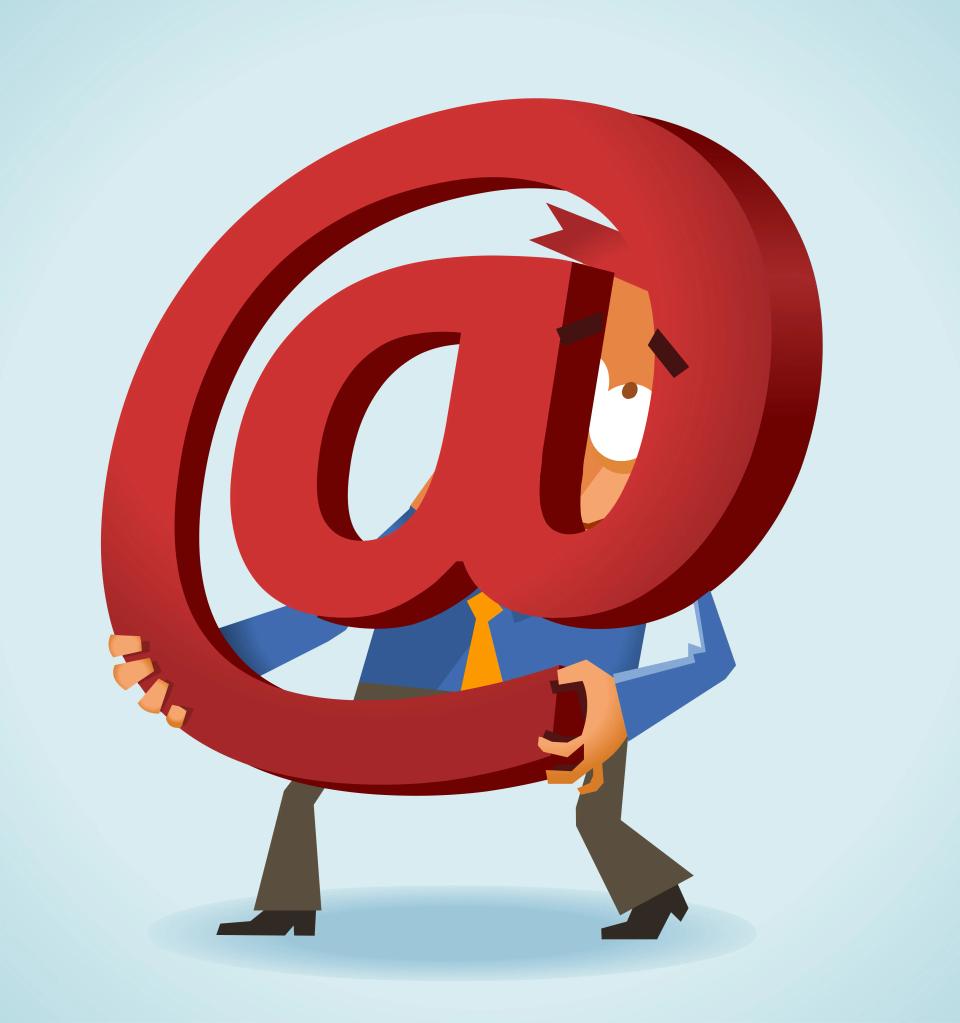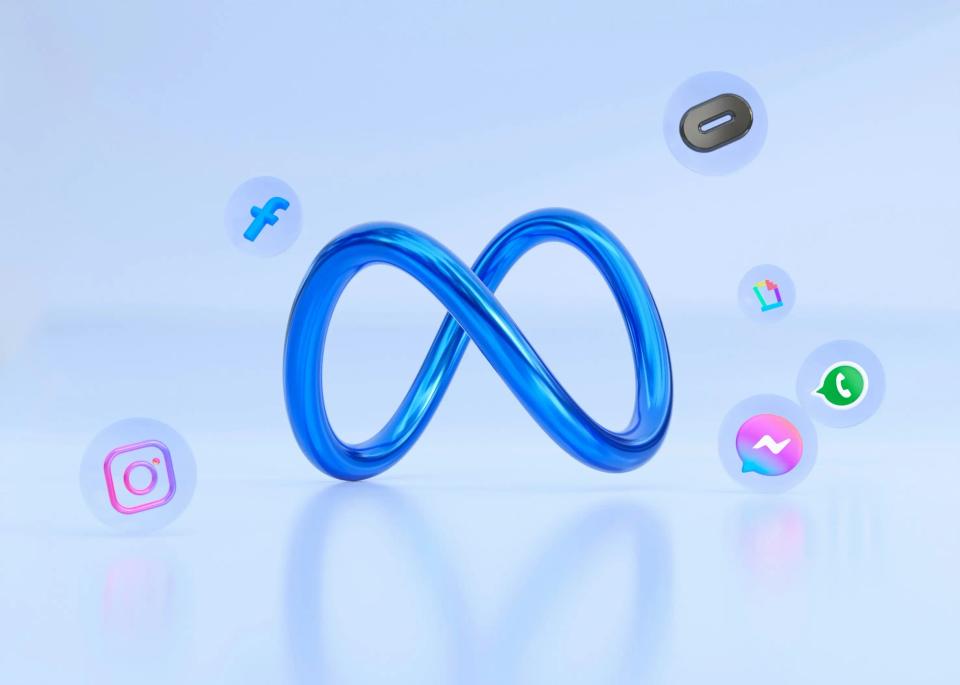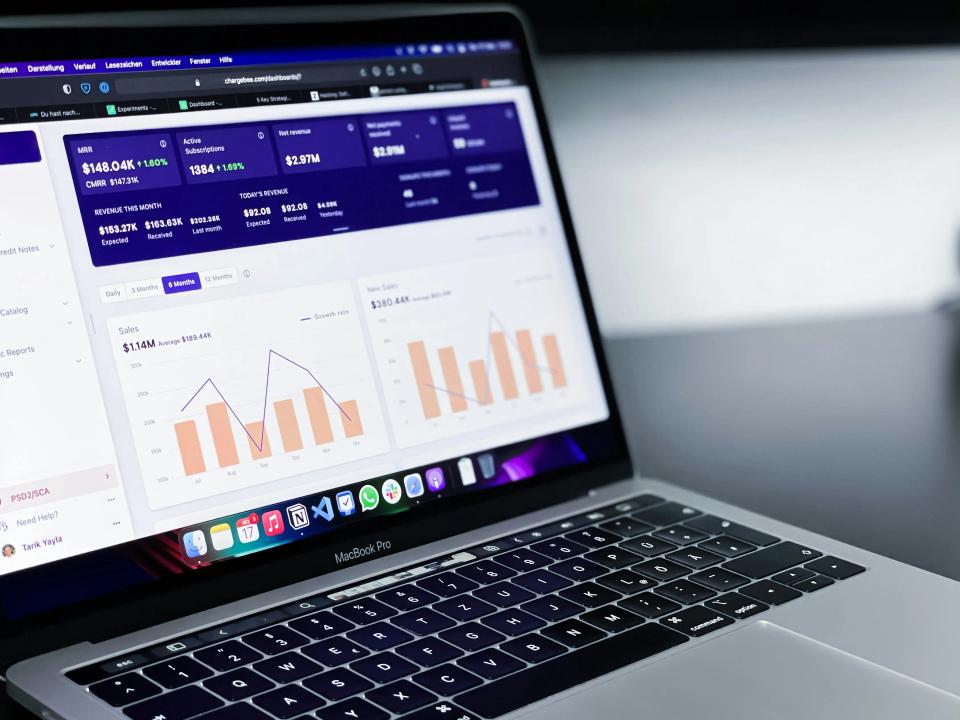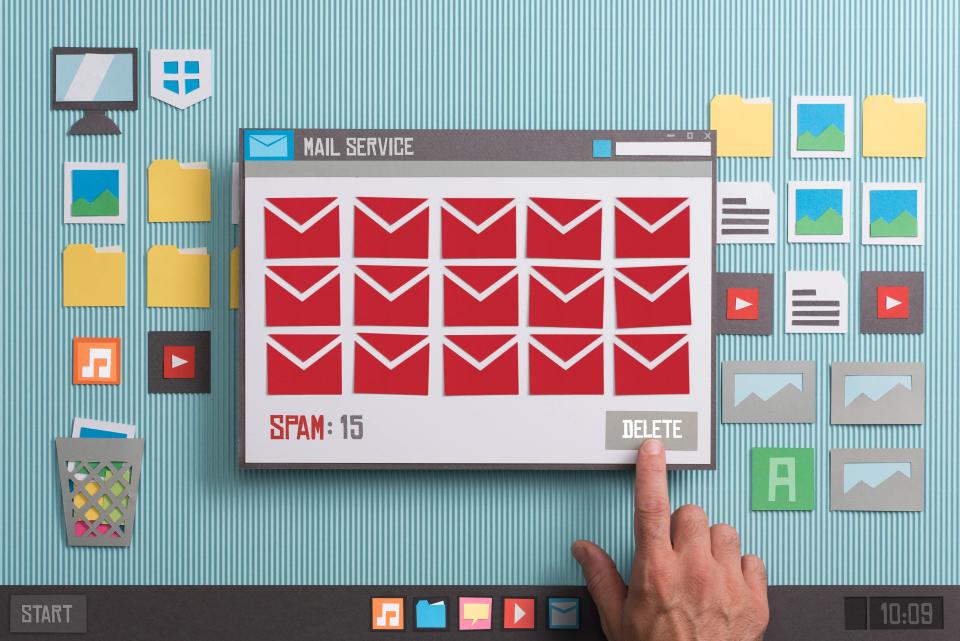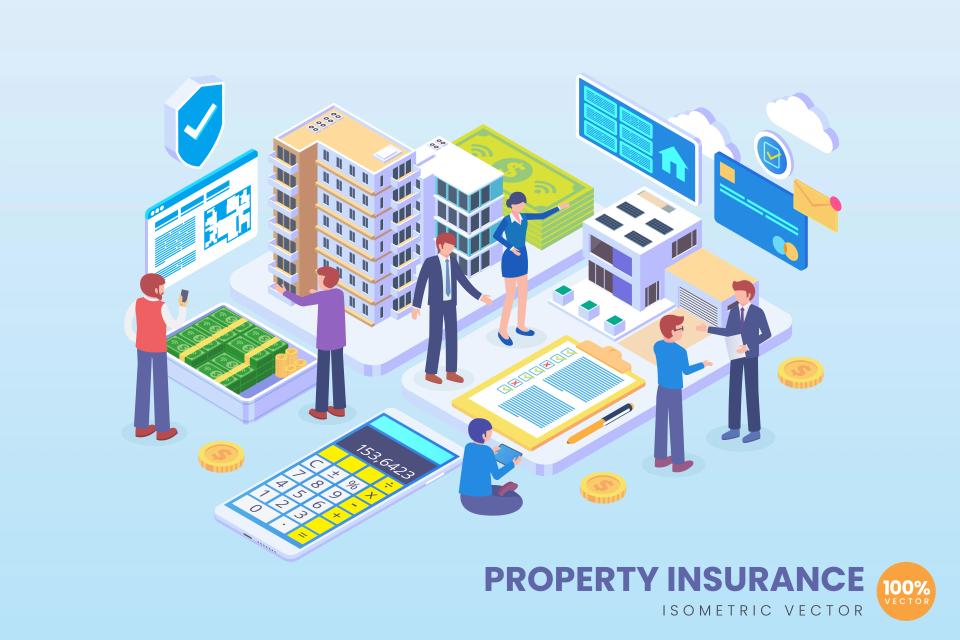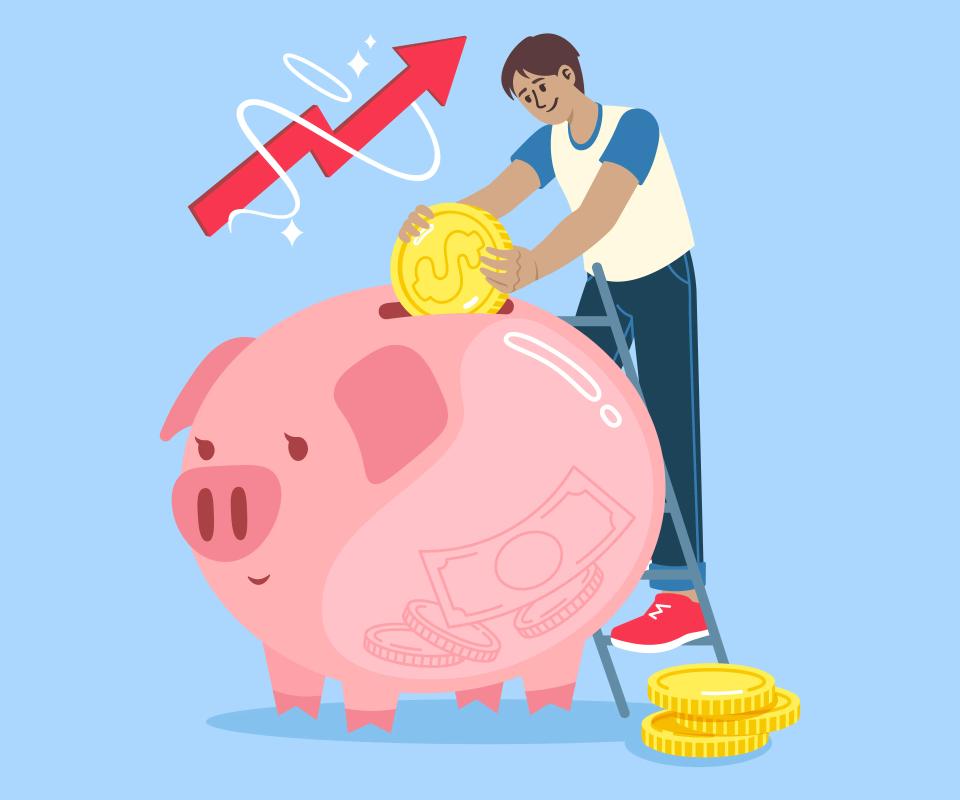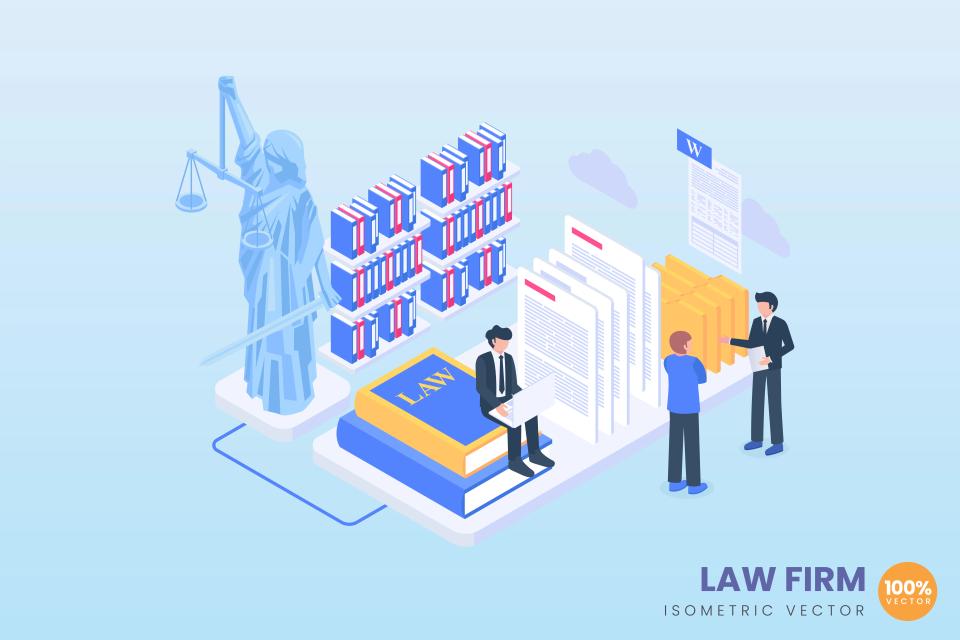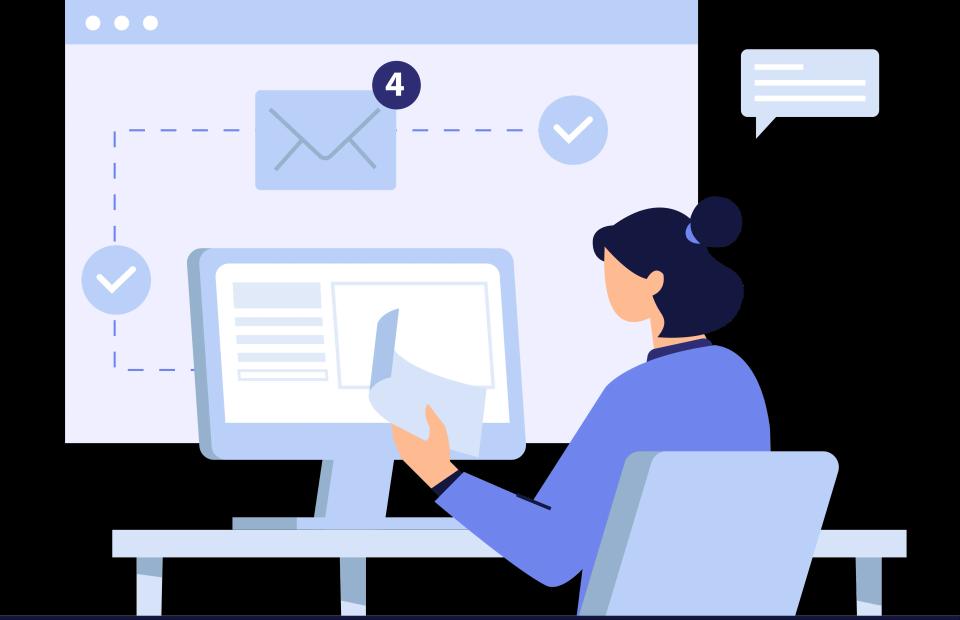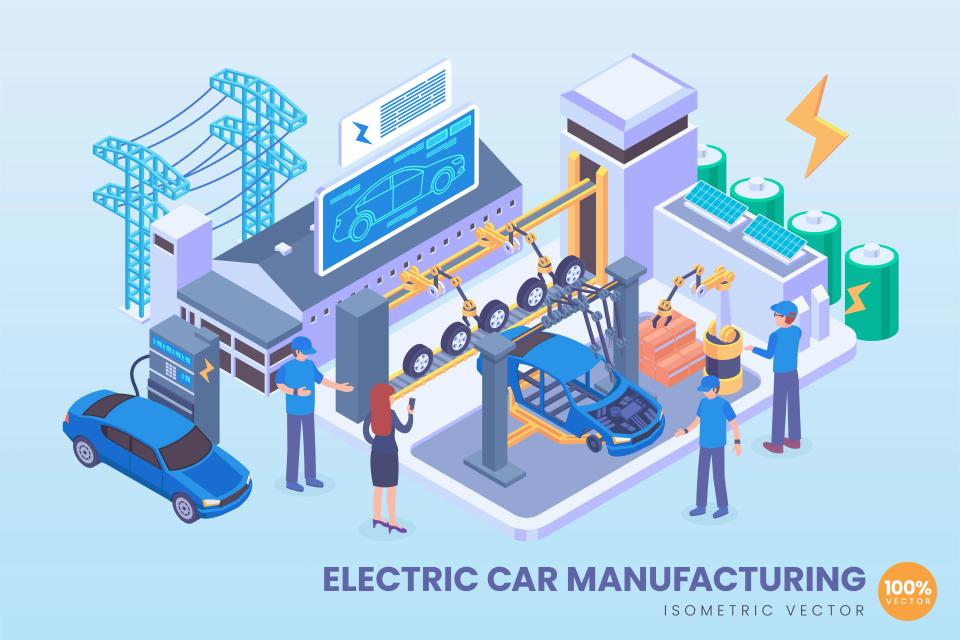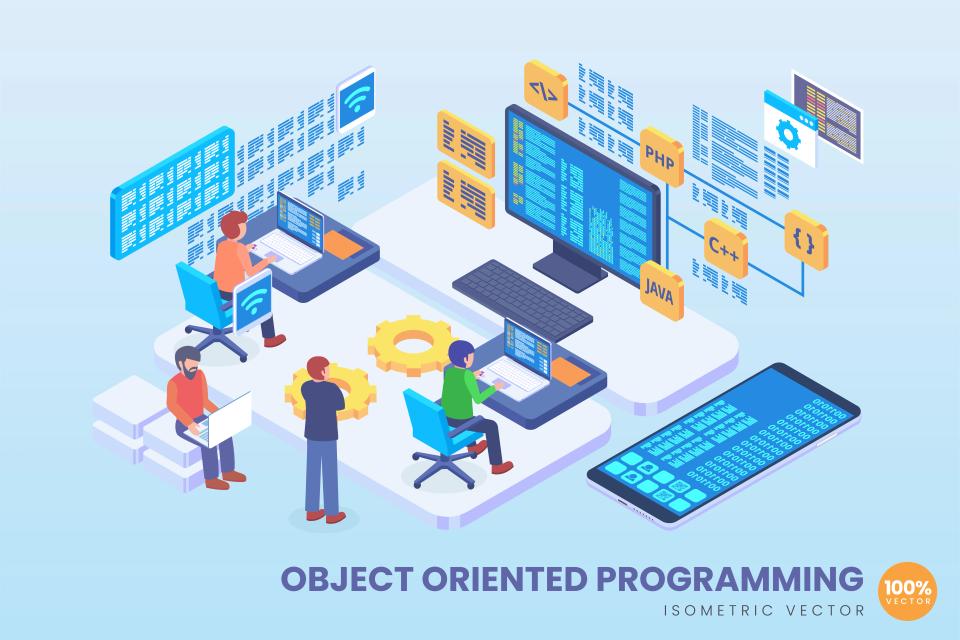Are your carefully crafted emails landing in the void? You spend hours researching, writing, and hitting send, only to be met with deafening silence. In a world of overflowing inboxes, cutting through the noise isn’t just an art—it’s a science of human psychology and relentless strategy.
Most B2B email outreach fails for painfully simple reasons. It’s built on generic templates, lazy targeting, and a complete lack of follow-through. It whispers when it needs to shout, asks when it needs to command attention, and gives up before the real work even begins.
This guide is your antidote. It provides a proven, step-by-step framework to move beyond the hollow victory of open rates. We'll show you how to build a systematic campaign that demands replies, books meetings, and drives the one thing that truly matters: predictable revenue. At CaptivateClick, we've spent over 15 years refining lead generation strategies for global brands, and this is the same foundational process we use to build campaigns that don't just get opened—they get results.
The Foundation: Strategy Before You Send
Step 1: Define Your Objective—What Does "Conversion" Mean for You?
Before you write a single word, you must answer one question: what does victory look like? Too many marketers chase vanity metrics that don't pay the bills. An open rate is not a conversion; it's a foot in the door that you failed to walk through.
Your objective must be concrete and valuable. Are you trying to book a discovery call, schedule a product demo, or drive downloads of a high-value whitepaper? According to HubSpot, while 45.2% of marketers focus on generating web traffic, the real goal is to turn that traffic into tangible business outcomes.
Define your Key Performance Indicators (KPIs) with ruthless clarity. Don't just aim for "more leads." Aim for 10 demos booked per month or a 15% positive reply rate. This transforms your campaign from a hopeful shot in the dark into a measurable system for growth.
Step 2: Build Your Ideal Customer Profile (ICP) and Segment Your Audience
Stop sending generic emails. They are the fastest way to get ignored, deleted, and marked as spam. True personalization—the kind that makes a prospect feel like you’re speaking directly to them—begins with knowing exactly who they are and what keeps them awake at night.
First, build a detailed Ideal Customer Profile (ICP). This goes beyond basic firmographics. Define their industry, company size, and location, but also dig deeper into the technology they use and the specific business pains they face. Then, identify the right persona within that company. Are you targeting the Head of Marketing, the CTO, or an Operations Manager? As Marketo emphasizes, creating detailed buyer personas is the bedrock of effective targeting.
Once you have your ICP, segment your list for hyper-personalization. The message that resonates with a tech startup in North America will fall flat with a manufacturing firm in Europe. The proof is in the numbers: Campaign Monitor found that personalized subject lines alone can boost open rates by 26%. This isn't just a nice-to-have; it's a fundamental requirement for getting noticed. For instance, the approach for generating leads in the tech industry demands a different touch than the strategies used for maximizing leads for manufacturing firms.
Step 3: Source and Verify Your Contact List (The Right Way)
Your contact list is the lifeblood of your campaign. A high-quality list can make even a mediocre email perform, while a low-quality list will kill a brilliant campaign before it ever has a chance. The golden rule is simple: quality over quantity, always.
Use professional tools like LinkedIn Sales Navigator or industry directories to source contacts who fit your ICP. But sourcing is only half the battle. You must verify every single email address before you send. A high bounce rate is a red flag to email providers, and it can permanently damage your domain's reputation, landing all your future emails in the spam folder.
This step is non-negotiable. Using email verification tools is a critical part of our technical best practices. Services like Mailgun can reduce bounce rates by as much as 60% by identifying invalid, disposable, or role-based addresses. As Salesforce experts suggest, it's often best to connect outside email first on a platform like LinkedIn to warm up the contact, making your eventual email feel less like a cold intrusion and more like a natural next step.
The Campaign Engine: Crafting Emails That Get Replies
Step 4: Master the Subject Line—Your First and Only Impression
Your subject line is the gatekeeper. It has one job: to get your email opened. It must be intriguing, personal, and urgent without ever resorting to cheap, desperate clickbait.
Think of your subject line as a movie trailer. As HubSpot notes, it should be a concise, powerful hook that sparks curiosity and promises value. Forget generic phrases like "Following up" or "Checking in." They scream "I have nothing important to say."
Instead, use proven formulas that command attention. Personalize it with their name and company, focus on a clear benefit, or keep it short and direct to create an air of mystery.
- Personalization:
[Prospect Name], question about [Company Name] - Benefit-Oriented:
A new idea for [Prospect's Goal] - Short & Direct:
Quick question
Gartner research confirms that shorter is often better, as subject lines under 40 characters avoid being cut off on mobile devices. The only way to know what truly works for your audience is to test relentlessly. Using an A/B testing framework allows you to pit different approaches against each other and let the data declare the winner.
Step 5: The Anatomy of a High-Converting B2B Email
Once they've opened your email, you have seconds to capture their interest. A high-converting email isn't a work of literary art; it's a ruthlessly efficient machine designed to get a response. It follows a simple, repeatable structure that you can master.
The Personalized Opener
Start by proving this isn't a mass blast. Reference a recent LinkedIn post they shared, a new company initiative, or a mutual connection. This single sentence shows you’ve done your homework and instantly separates you from 99% of the noise in their inbox.
The Value Proposition (The "Why You?")
This is the core of your email. Do not list your features. Instead, clearly and concisely state the problem you solve for them. Connect your solution directly to their pain point. For example: I saw your team is hiring more sales reps. Our clients typically cut ramp-up time by 50% with our platform.
The Soft Call-to-Action (CTA)
Your goal is to start a conversation, not force a sale. Make your call-to-action as low-friction as possible. Instead of a demanding "Book a meeting on my calendar," try one of these low-pressure invitations: Are you open to a 15-minute call next week to explore this? Mailchimp data shows that emails with a single, clear CTA can increase clicks by 42% by eliminating decision fatigue.
The Professional Signature
Keep it clean and simple. Include your name, title, company, and a link to your LinkedIn profile to build credibility. This isn't the place for flashy images or inspirational quotes; it's a signal of professionalism.
Step 6: Design a Multi-Touch Follow-Up Sequence
Here is a secret that most of your competitors don't understand: the real money is in the follow-up. Research consistently shows that up to 80% of conversions happen after the fifth touchpoint, yet most salespeople give up after one or two attempts. This is where you win.
Design a multi-touch sequence that adds value at every step. Don't just send emails that say "just following up." That's lazy and annoying. Instead, provide a new piece of information, a relevant case study, or a different angle on your value proposition with each message.
A simple but powerful sequence, recommended by outreach experts at lemlist, looks like this:
- Day 1: Initial, personalized email.
- Day 3: Reply to your original email. Add a small piece of value, like a link to a relevant blog post.
- Day 7: Follow-up with a different angle. Re-state the value proposition in a new way.
- Day 12: The polite "break-up" email.
If now isn't the right time, just let me know and I'll stop my follow-ups.
Automating this process is key to executing it at scale. Tools like HubSpot Sales Hub allow you to create sequences where software tracks opens to trigger timely follow-ups, ensuring no lead ever falls through the cracks. This persistence is essential for optimizing your email campaigns to build valuable, long-term B2B relationships.
Launch, Measure, and Optimize for Success
Step 7: Choose Your Tech Stack and Launch Your Campaign
The right technology acts as a force multiplier, allowing you to execute a highly personalized campaign at scale without losing your mind. Platforms like Lemlist and Mailshake are built specifically for this purpose, enabling dynamic personalization and automated, threaded follow-ups that feel human.
Before you launch, you must protect your deliverability. Use a service like Litmus to test spam triggers and see how your email will render across different clients. A broken email is an unprofessional email.
Don't launch your entire list at once. Start by sending in small batches, ideally scheduling during recipients’ peak activity hours (typically mid-morning). This allows you to monitor initial results and fix any issues before you scale, protecting your domain and maximizing your impact. Remember, a successful email campaign drives traffic to your website, so ensure your landing pages are ready to convert that traffic with user-centric UI/UX design.
Step 8: Track the Metrics That Matter for Lead Generation Through Email
Stop obsessing over open rates. They are easily inflated and tell you nothing about intent. To build a predictable revenue engine, you must track the metrics that directly correlate with business success.
Focus on these key performance indicators. According to Sendinblue's benchmarks, a healthy campaign should aim for a reply rate above 8% and a bounce rate below 2%. These are your true north stars.
- Reply Rate: The ultimate indicator of engagement.
- Positive Reply Rate: How many replies are from genuinely interested prospects?
- Meetings Booked: The primary conversion metric for most B2B campaigns.
- Bounce Rate: A critical measure of your list's health and your domain's reputation.
Use a CRM to create a closed-loop system. A tool like HubSpot's allows for deep pipeline analysis, connecting a specific email campaign directly to the deals it generates. This is how you prove your ROI and make intelligent, data-backed decisions.
Step 9: A/B Test and Iterate for Continuous Improvement
Your first campaign is not the final product. It is the baseline. The world's best email marketers treat every send as an experiment designed to gather data for the next one. This philosophy of continuous improvement is at the heart of our Conversion Optimization services.
Use an A/B testing node in your outreach tool to systematically test one variable at a time. Isolate a single element and let the data tell you what works.
- Test Subject Lines: Question vs. Statement.
- Test Call-to-Actions: Soft ask vs. Direct ask.
- Test Value Propositions: Focus on saving time vs. making money.
Compare your results against industry benchmarks. Sendinblue reports that top-performing industries see open rates around 21.5% and click-through rates of 3.1%. If you're falling short, it's not a failure—it's an opportunity to test, learn, and optimize your way to the top.
Conclusion: Your Blueprint for Predictable B2B Growth
You now have the complete blueprint. A successful, high converting B2B email outreach campaign is not a matter of luck or creative genius. It is a repeatable process built on a foundation of strategy, hyper-personalization, relentless follow-up, and data-driven optimization.
By following these nine steps, you can transform your email outreach from a frustrating guessing game into a predictable engine for lead generation and revenue growth. You have the power to cut through the noise, command attention, and turn cold contacts into warm conversations that build your business.
Building and managing a campaign like this takes time and expertise. If you're ready to accelerate your results without the heavy lifting, the lead generation experts at CaptivateClick are here to help. Contact us today for a free strategy session, and let's build your next high-converting campaign together.

